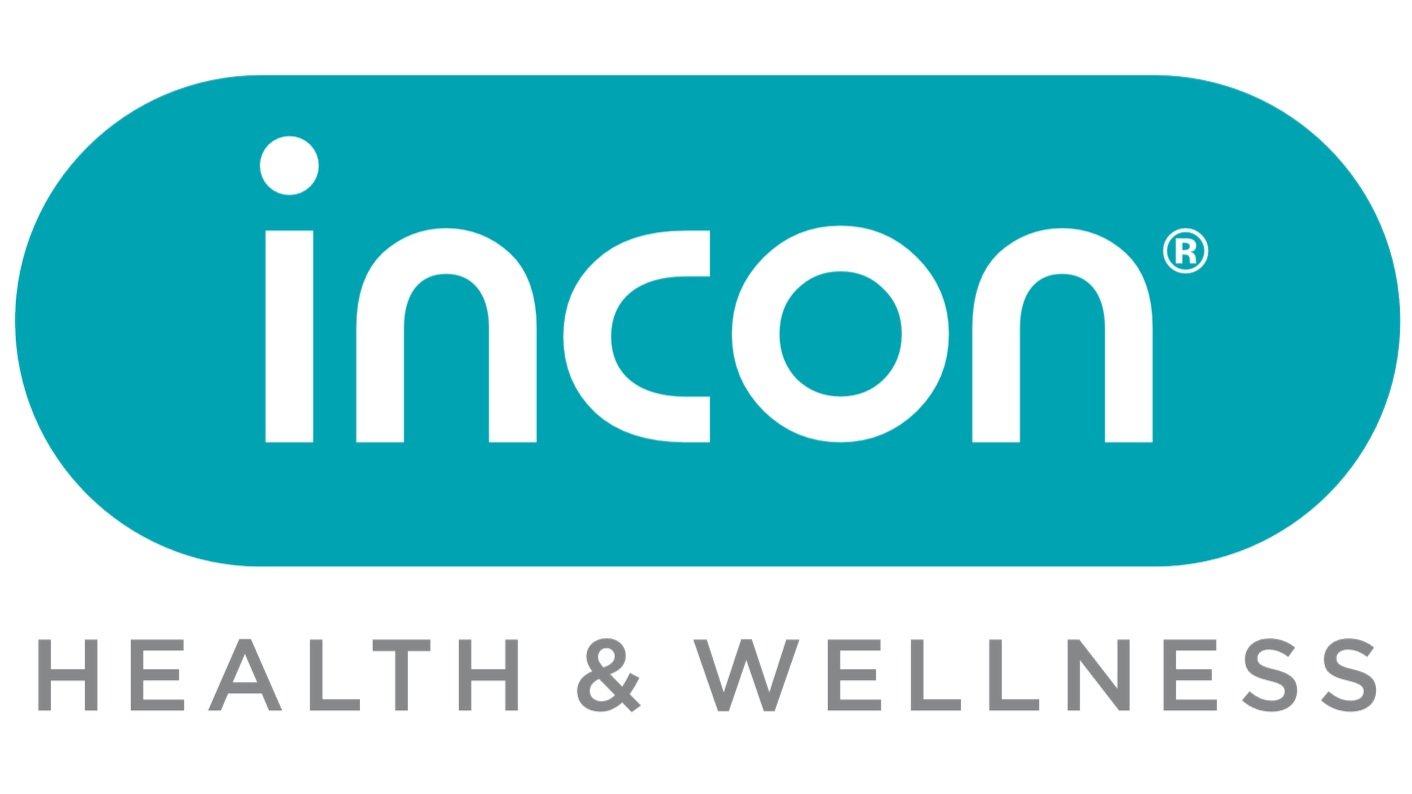Occupational Health
Incon Health assists companies to provide a healthy and safe working environment for their employees, as required by the Occupational Health and Safety Act. These services are part of the Occupational Health & Safety solution:
Health Risk Assessments
-
This is a legal requirement to assess the health risks in a workplace. Occupational health risk assessment is a method for estimating health risks from exposure to various levels of a workplace hazard which could have a harmful effect on employees. Precautionary measures can be put into place to prevent occupational health-related illnesses and injuries.
The identified risk exposures will determine the medical surveillance program.
Medical Surveillance
-
Physical Health assessment is the occupational medical assessment that will be completed on identified employees.
Physical Health assessments are conducted in terms of job specification or work procedural requirements, restricted to company policy and legislative requirements for the job.
Physical assessments include baseline, annual, periodic, and exit medicals.
During a physical assessment, medical history and the results of the physical examination will be recorded.
A fitness certificate will be issued after the physical assessment.
-
A vision screening is conducted on employees according to legislative and inherent job requirements.
A vision screening is conducted to determine visual acuity, colour perception, and depth perception.
night vision, peripheral vision.
An Orthorator or Keystone vision screening tests will be conducted.
-
Audio testing is conducted as per Occupational Health and Safety requirements namely Regulation 171 of the OHS Act.
All employees exposed to noise in the workplace 85dB and above, to ototoxic chemical agents, and /or whole-body vibration must have a baseline audiometric test. Thereafter annual, periodic, and exit audiometric testing.
-
A lung function test is conducted on employees in areas of airborne pollutants such as dust, fumes, vapors, smoke, and gases as per the Hazardous Chemicals Regulation of the OHS Act. Lung function tests will test the effect of mentioned airborne pollutants.
-
Numerous screening questionnaires are available and used as part of the medical surveillance program.
Examples of such questionnaires are Food handlers, long-term solvent exposure, skin surveillance, respiratory, working at heights, and psychological questionnaires.
-
Biological monitoring is the collection and analysis of body fluid from employees exposed to certain chemicals and or biological agents.
-
X-Rays are conducted as prescribed by legislation as per OHS Act and the Mine Health and Safety act.
Employees are exposed to silica, and asbestos every 2 years for chest X-rays.
Preventative Care
-
Employees exposed to blood-borne pathogens such as Hepatitis will be vaccinated according to the medical surveillance program. Blood tests will be done to determine whether employees must be vaccinated.
In Service Health Training and Education
-
Occupational health-related topics are available and discussed in groups or individually according to a monthly planner. Topics covered are occupationally related such as Noise-induced hearing loss, safe work procedures, and prevention of injuries on duty.
